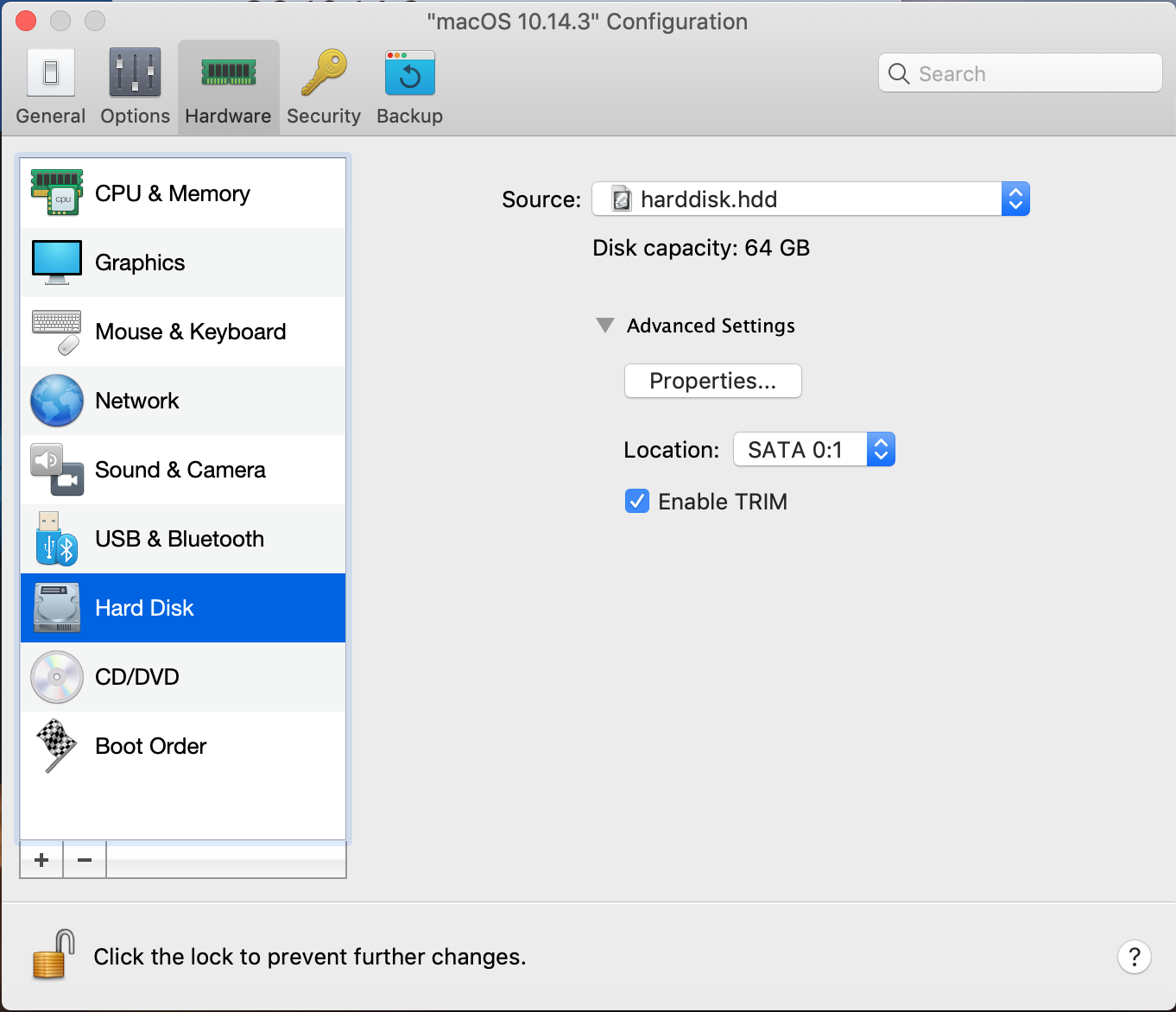

- CREATING A VIRTUAL MACHINE WITH MORE DISK SPACE HOW TO
- CREATING A VIRTUAL MACHINE WITH MORE DISK SPACE FOR MAC
- CREATING A VIRTUAL MACHINE WITH MORE DISK SPACE WINDOWS 10
Step 5: Now increase Virtualbox disk size Thus, double click on the location, right-click to copy and paste in NotePad and then close the VirtualBox. What we need here is the location of our Virtualbox’s VM drive. Under the settings select Storage and then your VM’s VDI/VHD/VDMK virtual hard disk and as you select it some info about it will appear on the right side.

CREATING A VIRTUAL MACHINE WITH MORE DISK SPACE WINDOWS 10
Let me know how Windows 10 runs on your Mac with the new virtual drive size, and don’t forget to follow Parallels Support on Twitter. Need to run Windows on your Mac? Download our free 14-day trial.Step 4: Copy the Path of your VDI/VHD/VMDK Virtual Drive That’s all for now! As always, questions and comments are welcome. You can also try this KB article if you’re unable to increase hard disk space in a Windows 10 virtual machine. Select partition #(Where # is the partition you want to correct.) Select disk # (Where “#” is the disk you want to correct.)

Go to the Start menu, type cmd, right-click on cmd.exe in the search results, and choose Run as Administrator.Is Windows still showing the old disk size after following these steps? Here are a few troubleshooting steps for you: In case of power surges/failures with the Mac, Mac’s unpredictable restarts or third-party applications interventions, during the operations with the virtual hard drive may result in its corruption result in in the inability to use the virtual machine. NOTE: As mentioned above, we strongly recommend to create a backup of the virtual machine. After that Parallels Desktop will suggest creating a backup of the virtual machine.Choose the size you want for the virtual hard disk and click Apply.Press Manage Snapshots… to open the corresponding dialogue window then remove Snapshots to start editing the disk size. If the virtual machine has Snapshots the following notification window will appear.Go to the Hardware tab, select Hard Disk which requires increasing the size then click Properties. Go to the Hardware tab, select Hard Disk which requires increasing the size then expand Advanced Settings drop-down menu, then click Properties. Right-click on your virtual machine and choose Configure to open its configuration.Click on the Parallels icon on Mac menu bar and select Control Center:.Shut it down if it is either suspended or running. Start Parallels Desktop and do not start your virtual machine.To resize the virtual hard disk size for an existing Windows virtual machine, follow these steps: OK, let’s get started! First, I strongly recommend that you check your VM’s hard disk for errors and back it up.
CREATING A VIRTUAL MACHINE WITH MORE DISK SPACE HOW TO
A Parallels Desktop VM based on Boot Camp will be the same size.Īlso, if you’re reading this blog before you set up a virtual machine and you’re wondering how to customize the VM size during the setup process, I’ve created this short video for you: Please contact Apple if you want to resize your Boot Camp partition. Let me point out that these instructions are not applicable to VMs based on a Boot Camp partition.
CREATING A VIRTUAL MACHINE WITH MORE DISK SPACE FOR MAC
I’m going to walk you through the process of resizing a Windows 10 VM running on Parallels Desktop 11 for Mac Pro Edition, but the steps are very similar (if not the same) for other operating systems and editions/versions of Parallels Desktop. Bad news? No bad news, but I’ll also share some tips on how to prevent any issues and get them fixed if they arise. The good news is that both of these procedures (shrinking and expanding the VMs) are very similar. On the flipside, users with the latest Mac devices may want to increase the size of their virtual machine(s) for a bigger value. Native hard drives fill up pretty fast, so with the default size of Parallels Desktop virtual machines (64 GB for most OSes), you might have to shrink your VM during or after setup. However, it isn’t the same story for users with an older Mac or MacBook Air owners, who only have between 128 GB and 256 GB available. Do you remember those times when we had to shrink the size of pictures just to save some hard disk space? These days, most PCs and Mac devices come with 500+ GB hard disks-not to mention, we’ve also entered the age of cloud storage. Living in today’s world of “Big Data,” the size of the files we create, share, and store doesn’t matter so much anymore.

Guest blog by Paul Christopher Nathaniel, Parallels Support Team


 0 kommentar(er)
0 kommentar(er)
